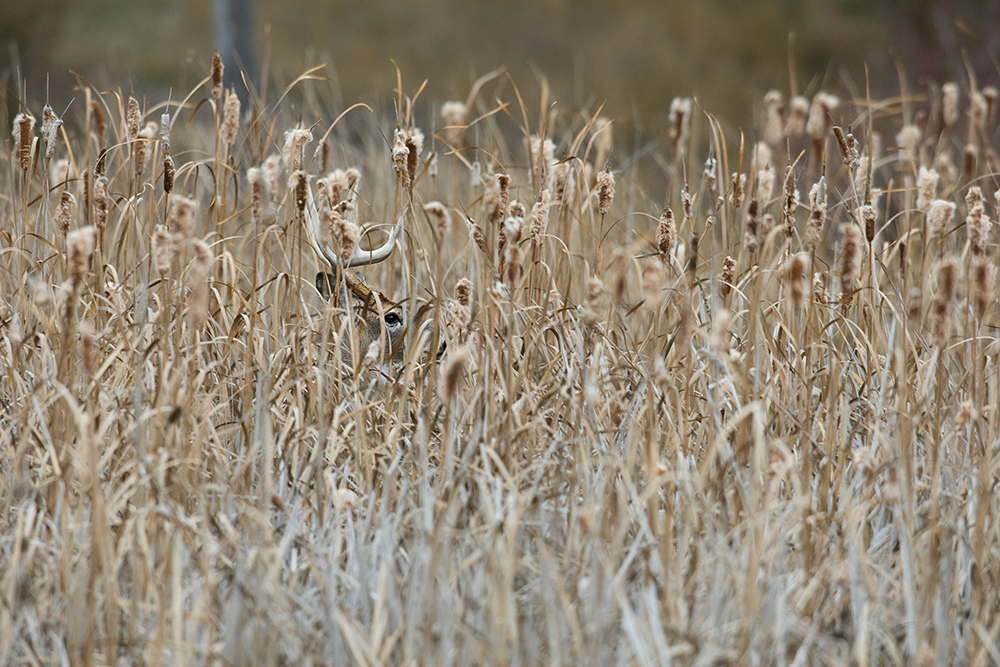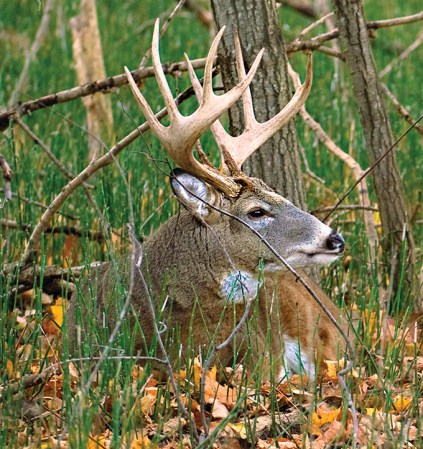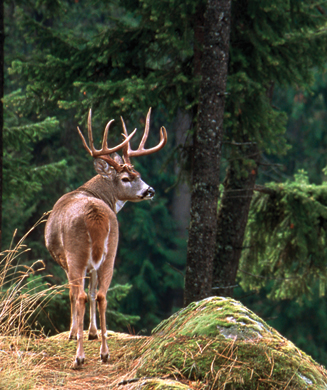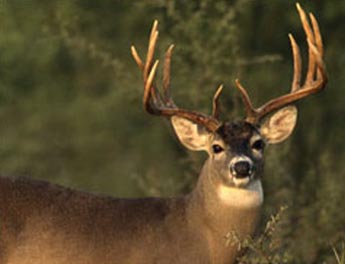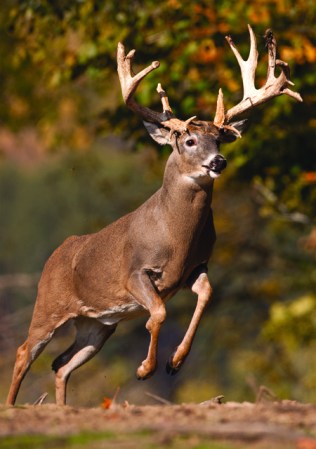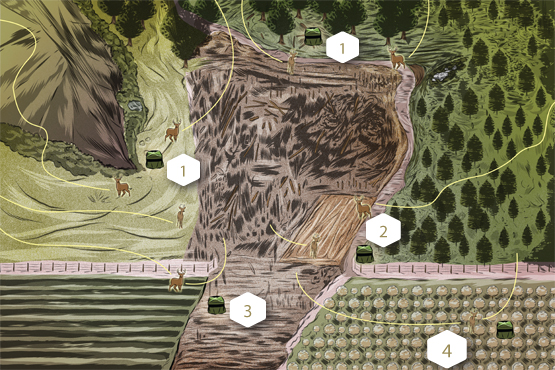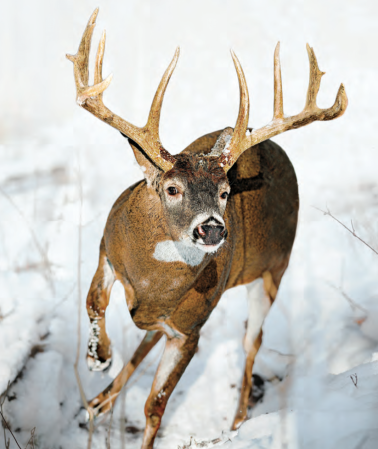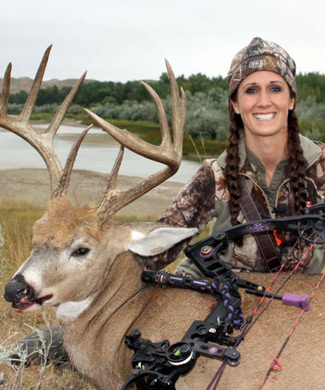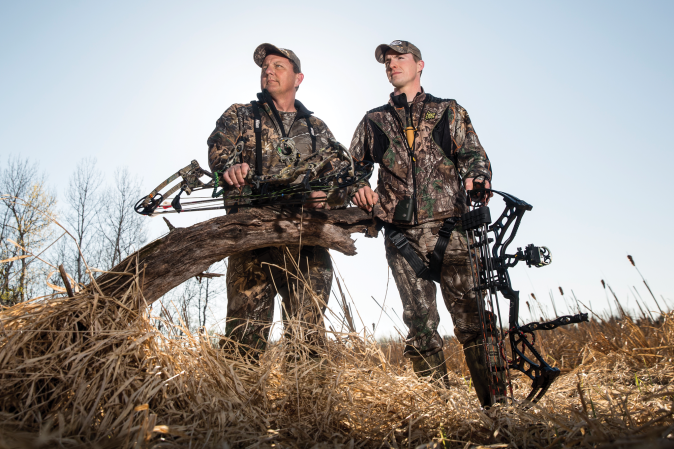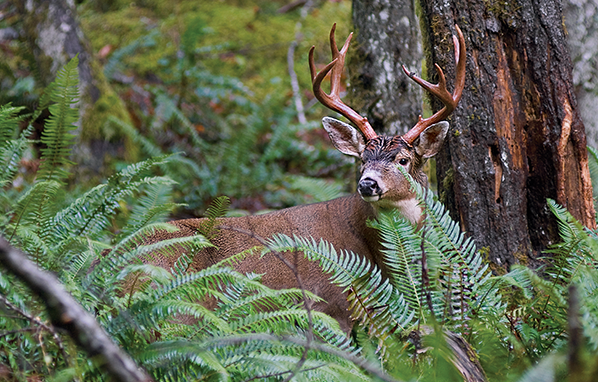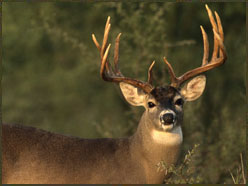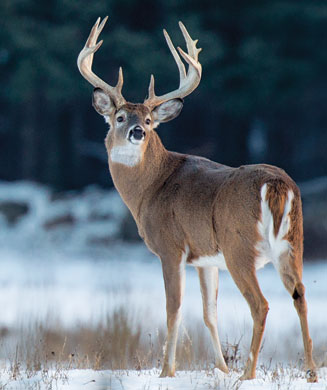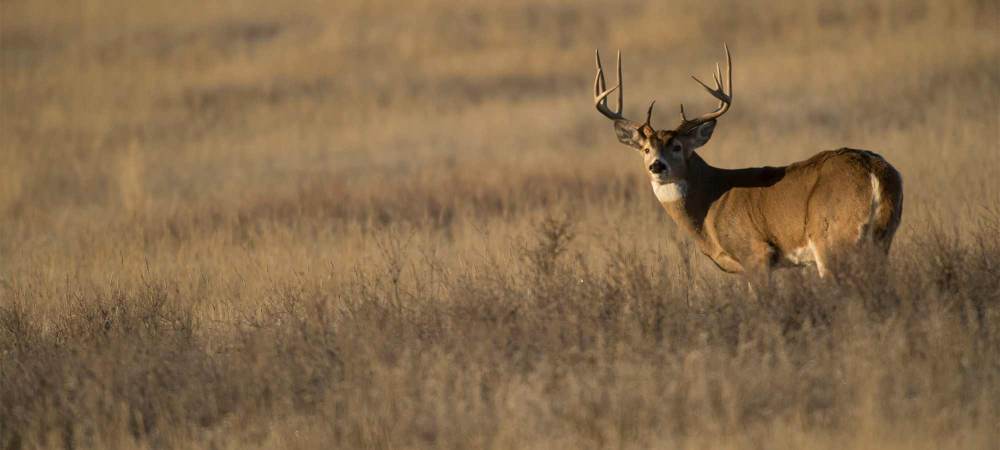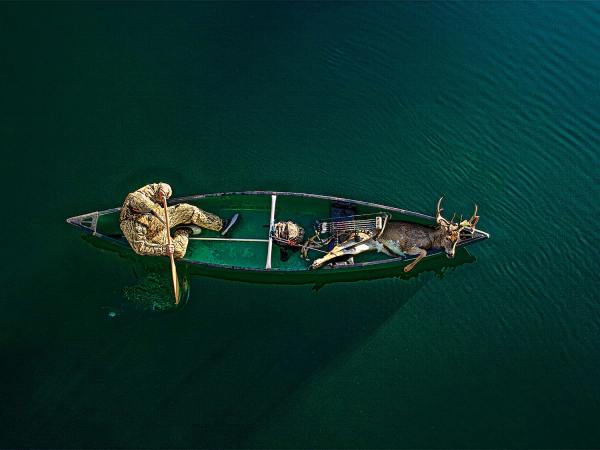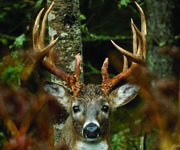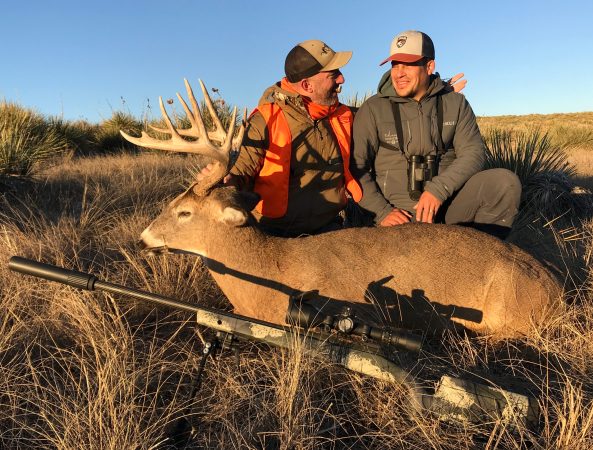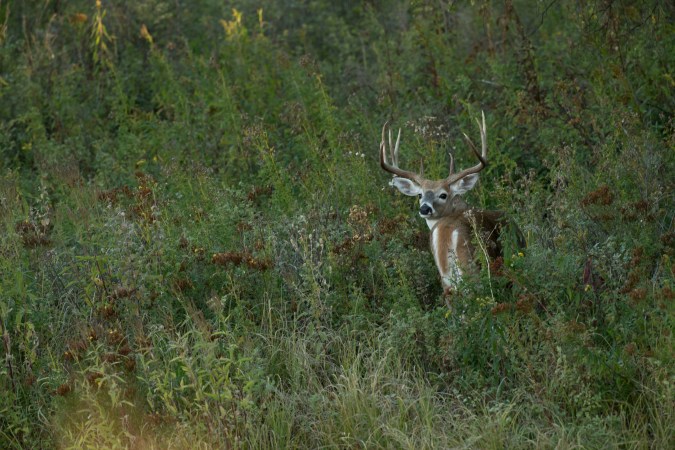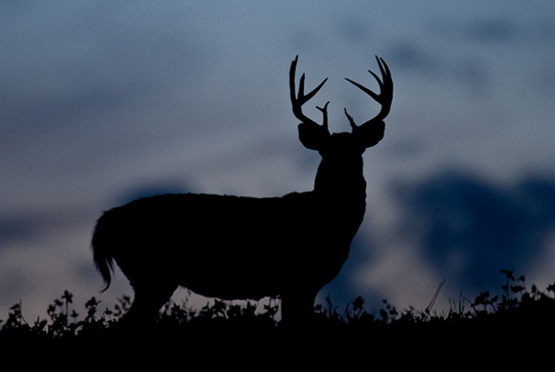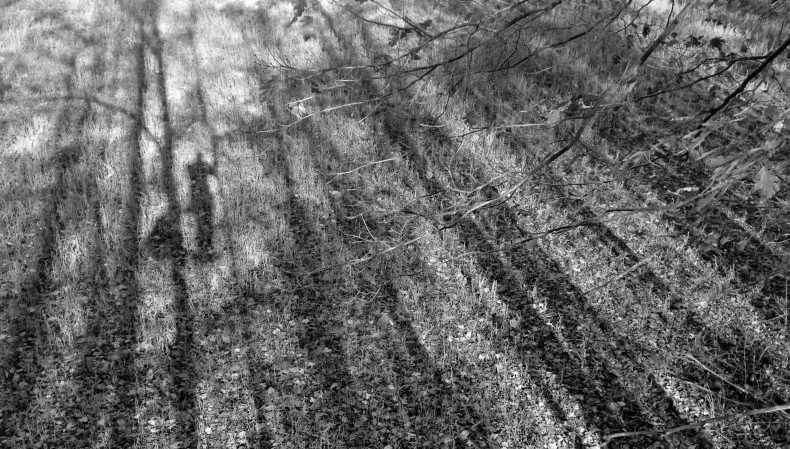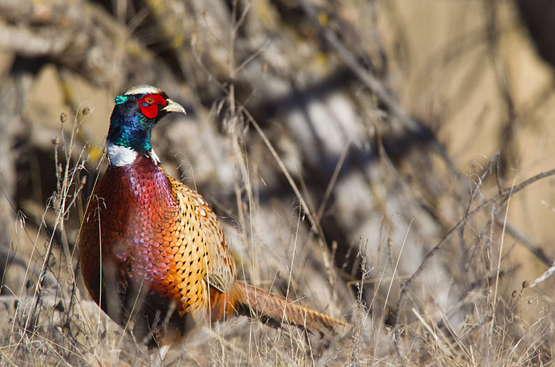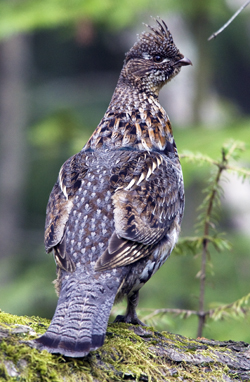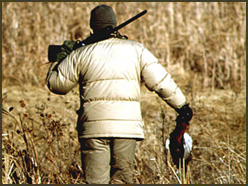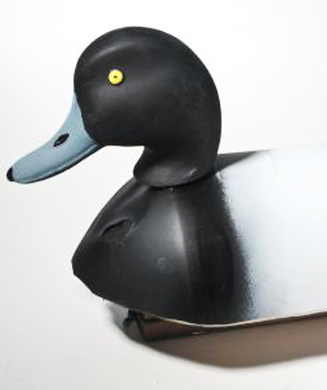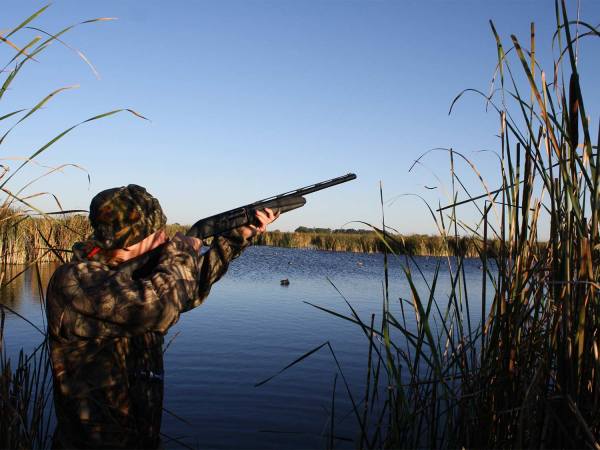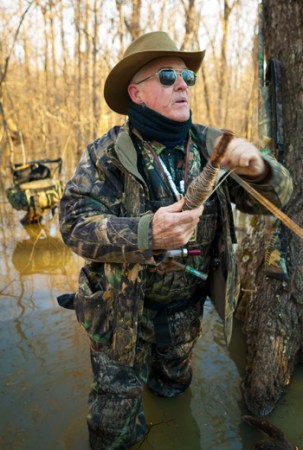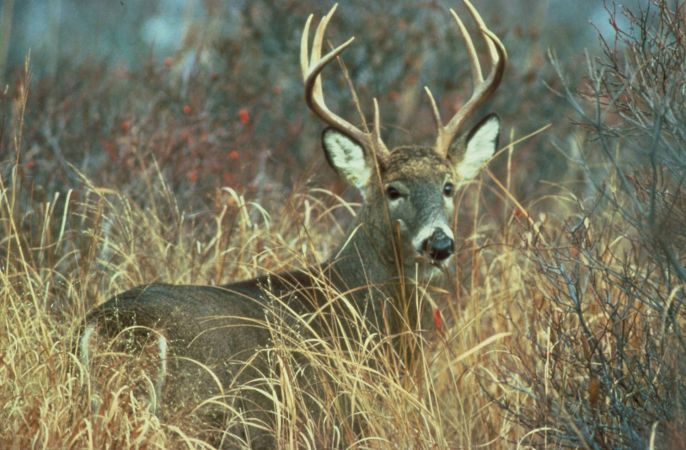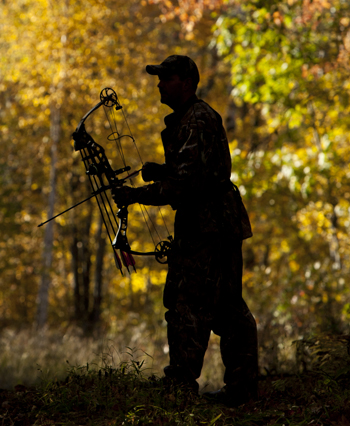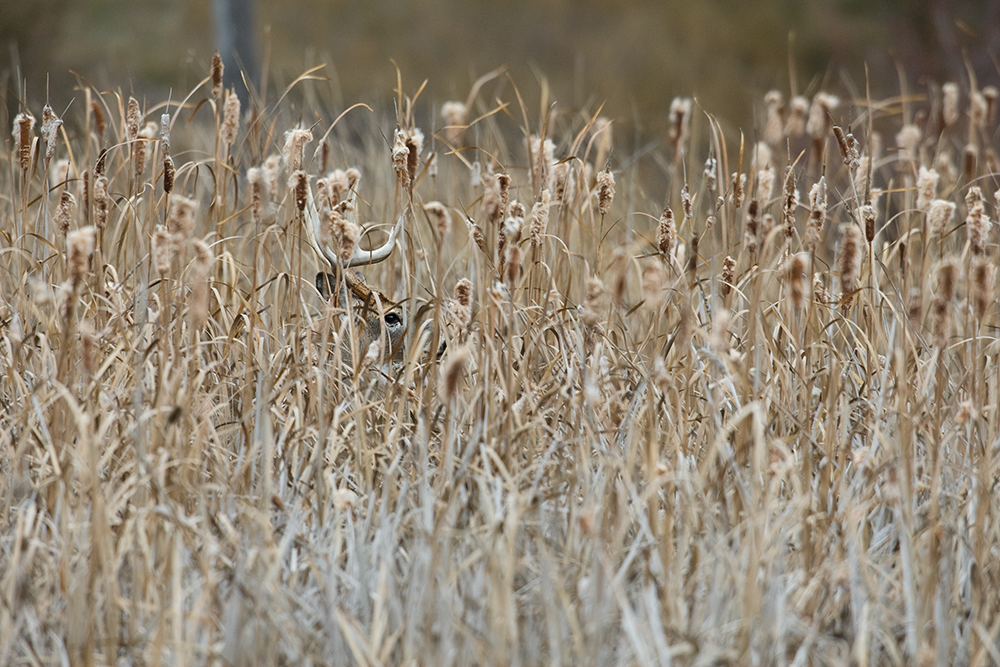
Whether you call them cattails, bulrushes, reeds, or tules, this brand of tall, stiff, moisture-loving, and dense-growing plant abounds across much of whitetail range, especially as you head to the northland, out onto the prairies, and into the broad river valleys of the West.
Whitetails love them. Cattails offer deer a secure place to elude hunting pressure. Even where other cover is available, whitetails in search of seclusion will dive into a cattail marsh. And in many places—for instance, the wide-open spaces of western Minnesota, South Dakota, North Dakota, and Nebraska, where I frequently hunt—once the corn has been harvested, cattails often make up the only significant cover available to late-season deer.
Many hunters balk at the idea of hunting cattails. After all, it’s wet, thick, and noisy in there, right? The answer is yes. But if that’s where the whitetails are, what choice do you have? Here are four options for dealing with cattails this fall.
Drive Them Out
One of the best ways to shoot a whitetails in cattails is to push it out of its bed and into the sights of a posting hunter. The steps to success are simple:
▶ Pick a slough or cattail patch of limited size. Deer will just sneak around you if the marsh is too large.
▶ Post more hunters than you send into the cover. An ideal hunt has one to two pushers and two to four posters.
▶ Cover multiple escape routes with the posters. Whitetails can and will squirt out anywhere, including the back door and downwind.
▶ Push through cover multiple times to move deer; big bucks prefer to sit tight rather than flee blindly.
▶ Choose hardy souls to do the pushing. I love the job: It’s good exercise, and having a posting partner or one of my sons take a deer I rousted is good karma.
Get In There With Them
You don’t need a handful of partners to hunt cattails. Get right in there on your own with the whitetails and find success on the move. Follow these guidelines:
▶ Stick to small patches of cattails. And look for short plants—waist height is about right—where you’ll have a chance at hitting a bounding deer.
▶ Move into the wind to start, but don’t be afraid to swing across and then travel with the breeze as you work around. Your scent will help move deer.
▶ Pause often to make whitetails nervous and more likely to bolt when you start moving forward again.
▶ Avoid taking a straight or predictable path through the cover—zigzag, backtrack, wander.
▶ Carry a short-barreled shotgun loaded with slugs for fast pointing and shooting at close range.
Walk the Line
Cattails often grow in strips or ribbons along ditches or waterways. These places are perfect for a pair of hunters. Here’s how to work a corridor of cover:
▶ Move along both sides of the cattail strip, keeping each other in sight for safety purposes.
▶ Hopscotch along, with the hunter on one side of the strip staying put while the other hunter wanders forward, in and out of the edge of cover. Then that hunter stops and waits while the other moves along in the same fashion for a ways.
▶ With the right wind conditions, one driver can do the work of three or four. It’s critical, however, that the driver go exceedingly slow and be thorough when moving through the thick cover. A stop-and-go drive works best. Look for whitetails sneaking out behind the driver.
Get a Bird’s-Eye View
Another way to hunt cattails is to get above them. Hunting a wooded edge, where you can hang a treestand and see out into the cattails, is effective. Or set up in the rare copse of trees you find out in a cattail marsh. But what about where there are no trees?
▶ Set up a portable tripod stand to get above the cattails and see down into the cover.
▶ Try to backdrop yourself against willows, dogwoods, tag alders, or any other brushy vegetation that would break up your silhouette but not otherwise hold a treestand.
▶ Put your stands at crossings or funnels to increase your chances for deer traffic.
▶ When you shoot a deer at any distance, mark that spot carefully before getting down. It’s sometimes tough to find a carcass amid a sea of cattails.
